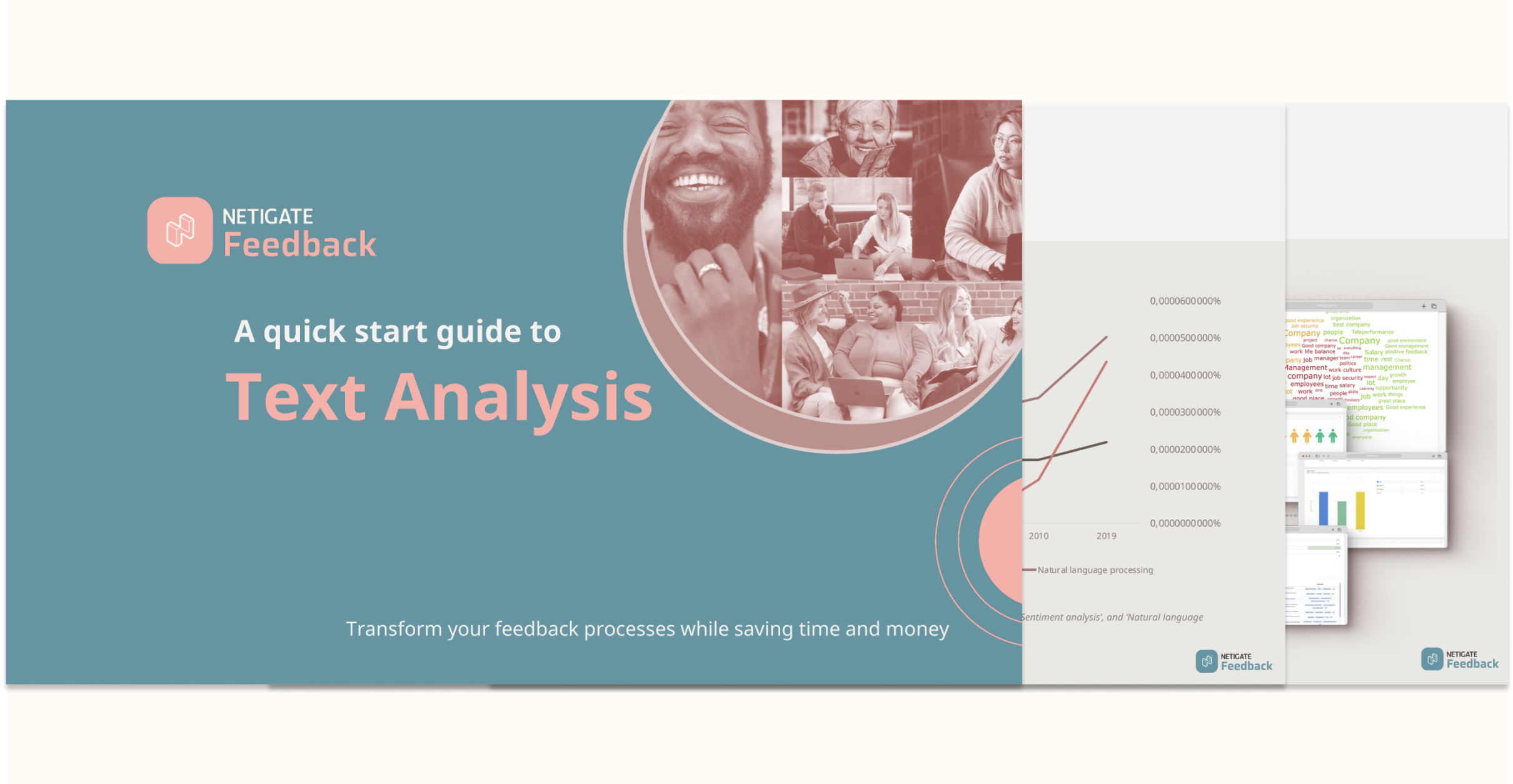
No doubt you’ve heard the adage: “If you can’t measure it, you can’t improve it!”
Agile companies understand the importance of listening to their customers’ feedback on products and services. This allows them to react faster than ever to changing whims. Every business thrives on continuous improvement — a process for which obtaining high-quality data is critical.
But how can you listen when no one responds? It’s frustrating to send out a customer survey that mostly goes unanswered.
So how do organisations overcome this obstacle and improve their survey response rates?
Low survey response rates are often results of fatigue
Reflecting on your own experience, what made you participate in surveys in the past? Which surveys did you choose to participate in and why? Which did you decline?
We’ve reached a saturation point with surveys. When every purchase or interaction is met with a survey request, there’s no time or desire to answer every single one.
Survey fatigue is just one factor that determines sub-par response rates. Others include demographic factors, poor design, one-size-meets-all surveys, lack of incentives and bedside manners.
In order to stand out, your next survey needs to be as customer-focused as possible. That requires a little extra work on your part, survey creator.
So if you want to ratchet up your lagging survey response rates, consider these five tips that go beyond just writing a compelling questionnaire.
1. Identify your target group beforehand
In order to approach your target group efficiently, you need to know who they are. Focus on some key demographics (e.g. average age, sex, occupation). Would they rather answer a survey via email, online or SMS? Where and when are they most likely to answer your questions?
Studies have shown that younger audiences typically have the lowest response rates. However, some of our customers, such as Egmont, believe that this isn’t necessarily a disadvantage.
It’s important to clarify and communicate the purpose of the survey in the beginning in order to avoid confusion and biased data. Read more about how to do this here.
Don’t forget: Be sure that the sample group is controlled by a fixed list of email addresses and phone numbers.
2. Pay careful attention to design
It may seem too simple but design is crucial. It supports the intuitive flow of the questionnaire. You want to make it easy and appealing for your target group to respond. Make it easy to read and follow the questions. This can be easily achieved by adding logic or branching.
The tone should be adjusted to your target group. If the style fits, consider approaching them with humour or adding some interesting or fun images. And keep your surveys short. In fact, case studies have shown that 52% of survey participants have dropped out when they spend more than three minutes on a survey.
3. Make it personal and stand out
Survey response rates improve for emails that begin with “dear FIRST NAME.” This simple personal touch is highly valuable and is the easiest way to increase survey responses. Why not take it one step further: Customize your questions to (sub) groups for more relevant answers.
Your survey should also be branded. Consider customising your survey template and adding your logo.
4. A little incentive can go a long way
What do survey respondents receive for taking your survey? You want to make sure you get the most results and insights from respondents as well as your own efforts. Offering incentives to survey respondents can help do this.
Incentives can be in the form of giveaways, discounts, offers and so on. However, value can be also conveyed as a learning experience, entertainment or visible improvements. Getting a little creative can make all the difference. It might even be a good idea to share some of your survey results with your audience.
5. Put yourself in others’ shoes
Before distributing your survey, put yourself in the respondent’s shoes. At which stage do you anticipate the highest dropout? What can you weave in to provide a little extra motivation to get respondents to finish the survey?
Once you identify a survey’s weak points, it’s now time to promote its strengths. Follow up by setting clear deadlines and/or several friendly reminders. Why not even promote on channels relevant for your target group? Ask key stakeholders, business partners, or other influencers to support and emphasise the importance of responding to surveys.
Finally, don’t forget to acknowledge and respect the respondents’ time. Be sure to end every survey with a thank you message. Show respondents that you are truly grateful for every answer.
By using thinking customer-first and using these tips you should start seeing a positive trend in your survey response rates. Want more tips on building a survey that provides you with high-quality your business needs? We also recommend downloading our free Surveyology white paper.




